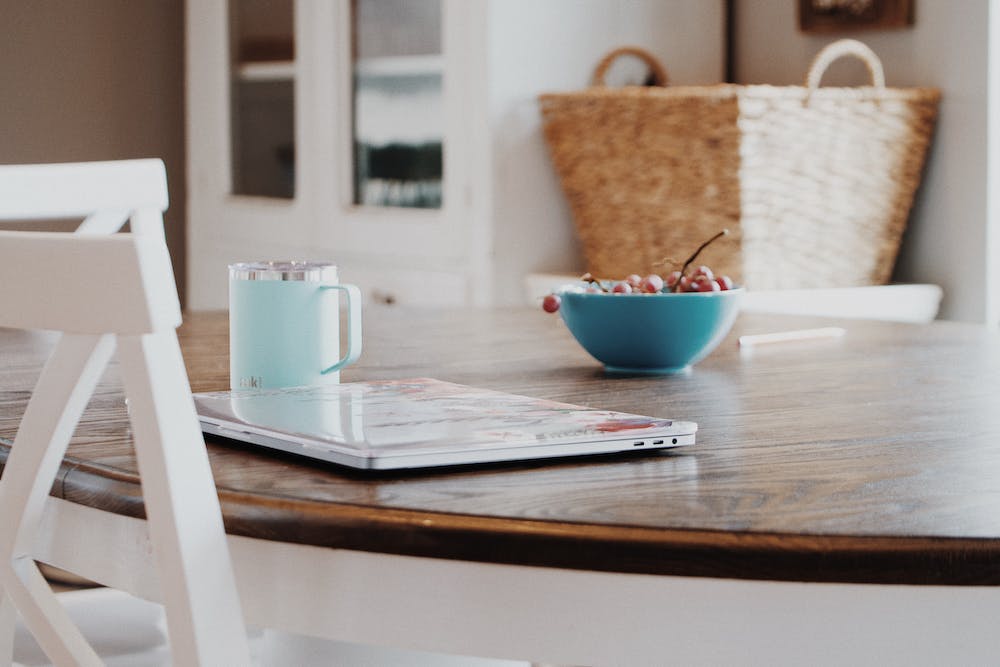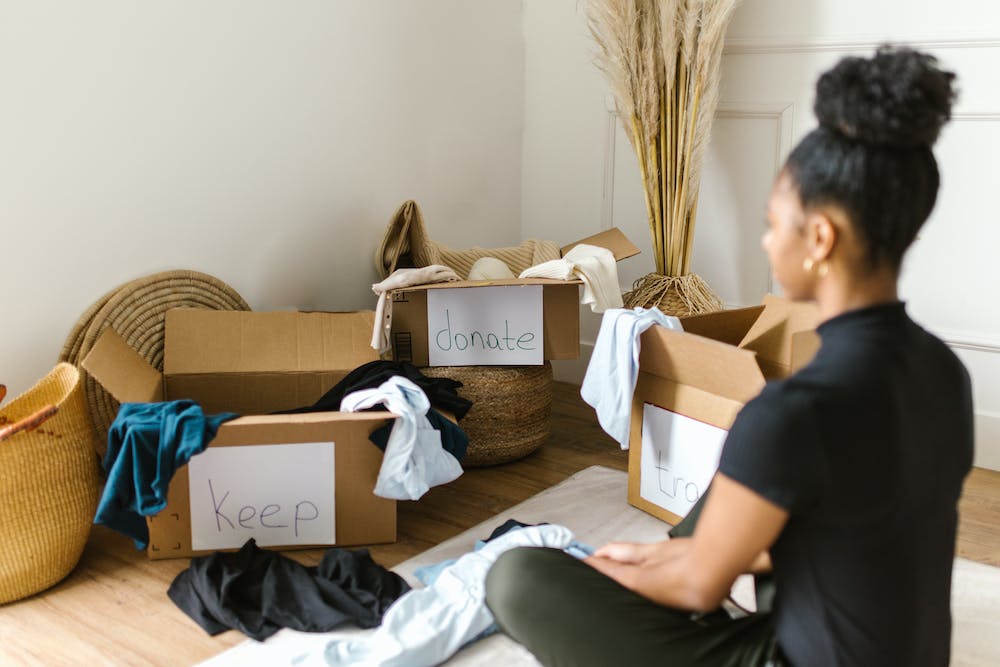Keeping your home organized can be a challenge, especially when life gets busy and clutter piles up. But don’t worry, you don’t have to spend hours tidying up every day or hire a professional organizer to achieve a neat and functional space. Here are 10 simple tips that can help you keep your home organized all year round.
1. Start with a purge. The first step to organizing your home is getting rid of the things you don’t need, use, or love. Go through each room and sort your belongings into four categories: keep, donate, sell, or trash. Be ruthless and honest with yourself. If you haven’t used something in the last year, chances are you won’t miss it.
2. Assign a place for everything. Once you have decluttered your home, make sure everything has a designated spot where it belongs. Use labels, bins, baskets, hooks, shelves, and drawers to store your items and make them easy to find and access. A good rule of thumb is to keep similar things together and store them near where they are used.
3. Follow the one-in-one-out rule. To prevent clutter from accumulating again, adopt the one-in-one-out rule: whenever you bring something new into your home, get rid of something old. This will help you maintain a balance of items and avoid overcrowding your space.
4. Make your bed every morning. It may sound trivial, but making your bed every morning can make a big difference in how your bedroom looks and feels. A neat and tidy bed can instantly make your room more inviting and organized. Plus, it can motivate you to keep the rest of your room in order as well.
5. Do a 15-minute cleanup every night. Before you go to bed, spend 15 minutes picking up any items that are out of place and putting them back where they belong. This will help you start the next day with a clean slate and prevent messes from building up over time.
6. Deal with mail and paper right away. Don’t let mail and paper clutter pile up on your counters, tables, or desks. As soon as you receive them, sort them into three categories: action, file, or recycle. Action items are those that require a response or follow-up, such as bills, invitations, or forms. File items are those that need to be kept for future reference, such as receipts, statements, or contracts. Recycle items are those that can be discarded immediately, such as junk mail, flyers, or coupons.
7. Use vertical space wisely. If you have limited floor space or storage options, consider using vertical space to organize your home. You can use wall-mounted shelves, hooks, racks, or pegboards to store and display your items without taking up valuable floor space. You can also use the back of doors or inside of cabinets to hang organizers for shoes, accessories, cleaning supplies, or pantry items.
8. Keep a donation box handy. To make it easier to get rid of things you no longer need or want, keep a donation box in a convenient location in your home, such as your closet, garage, or car trunk. Whenever you come across something that you want to donate, toss it in the box instead of putting it back where it was. When the box is full, take it to a local charity or thrift store.
9. Set reminders for seasonal tasks. Some organizing tasks need to be done only once or twice a year, such as swapping out seasonal clothing, bedding, or decor; cleaning out the fridge or freezer; or organizing the garage or attic. To make sure you don’t forget these tasks, set reminders on your calendar or phone for when they need to be done.
10. Be flexible and realistic. No matter how organized you are, life happens and things get messy sometimes. Don’t beat yourself up if your home is not perfect all the time. Instead of striving for perfection, aim for progress and improvement. Be flexible and willing to adjust your systems and routines as your needs and preferences change.


